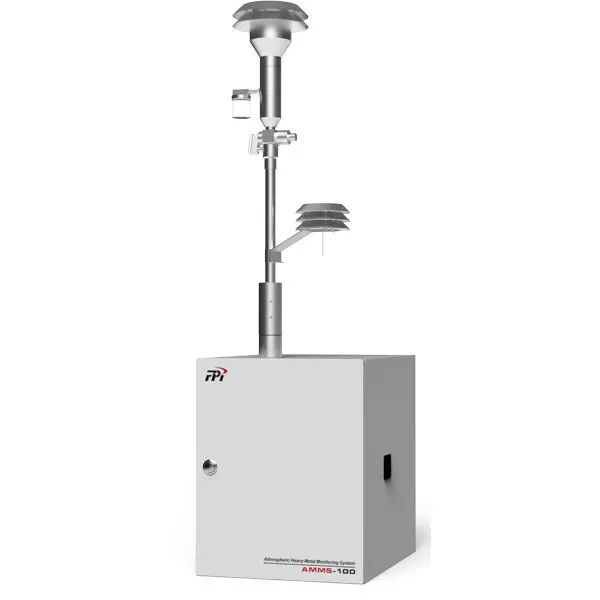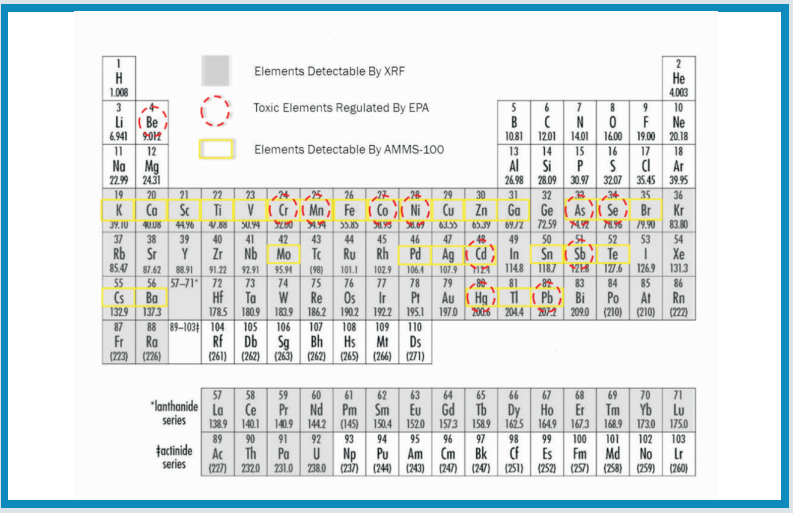- Green Enviro International Pvt Ltd




Toxic air pollutants monitoring has been the subject of interest and concern for many years. Traditionally a high-volume sampler is most commonly used for collecting air particulate sample. The sample is weighed to determine concentration of TSP and is usually analyzed using a bench-top ICP-MS or XRF to determine concentration of air borne metal elements. The laboratory method set a benchmark for atmospheric metal monitoring, and is adopted by USEPA Method IO-3.3 and used worldwide as reference method
AMMS-100, the latest XRF based metal analyzer of FPI, fully abides by USEPA Method IO-3.3 and realizes continuous & unattended monitoring. The AMMS-100 uses an automated movable filter tape to collect particulate sample. The sample is drawn through a PM size-selective inlet and concentrated on a small spot on the tape. The tape then advances, placing the collected sample spot in X-ray section for analysis. The process of sampling and analysis is fully automated and flow automatically controlled, left only the replacement of filter tape periodically.
The AMMS-100 works based on the principle of X-ray fluorescence (XRF), in which X-rays bombard the atom and expel tightly held electrons from the inner orbitals of the atom. The removal of an electron in this way makes the electronic structure of the atom unstable, and electrons in higher orbitals fall into the lower orbitals to fill the vacancy left behind. In falling,

